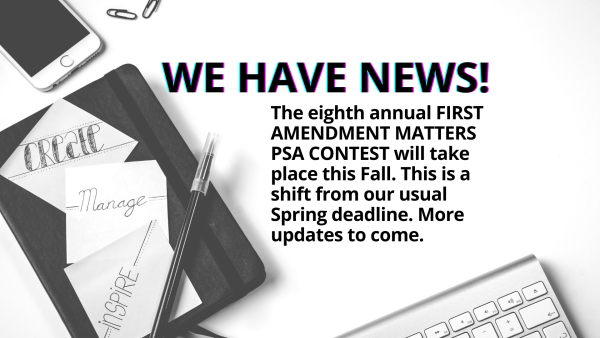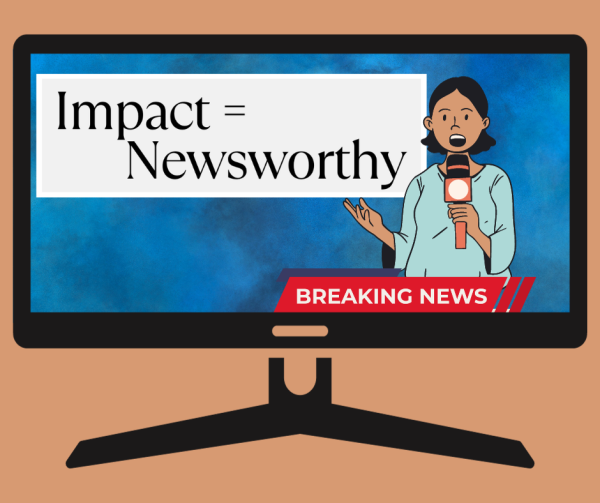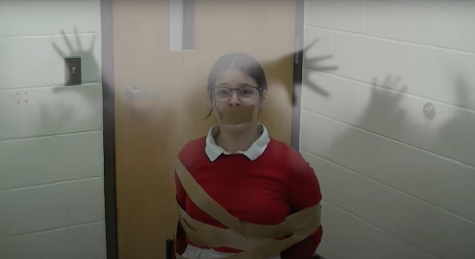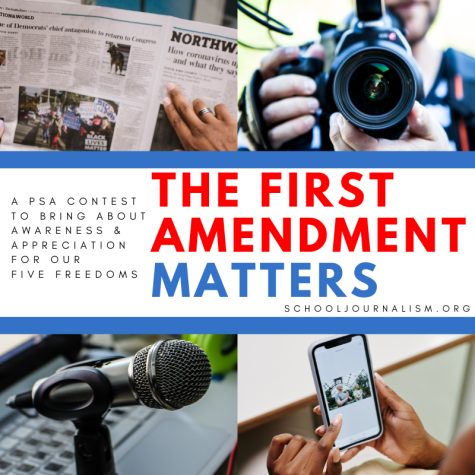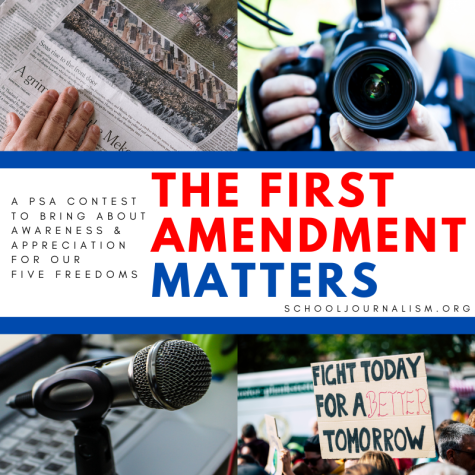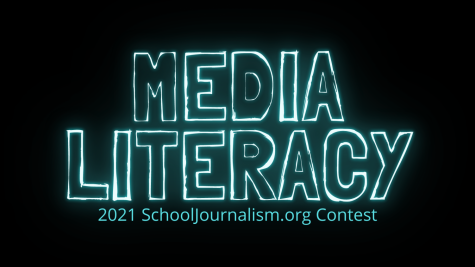Missouri journalism students will give a “can’t miss” presentation on developing a social media voice at upcoming JEA/NSPA Convention
Many journalism students around the country are counting down the days until the JEA/NSPA Convention kicks off in Los Angeles. Among them are Sara Higginbotham and Devan Collins. The two Missouri School of Journalism students are set to give a presentation on social media best practices for high school journalism programs during the conference.
Last January, the Missouri School of Journalism announced it was partnering with global marketing agency VML to serve as a professional training programs for students interested in working in social media. Both Collins and Higginbotham enrolled in the “Advanced Social Media Strategies” class where they learned to produce social media content.
Professor Suzette Heiman later chose the pair to present on “Social Media Best Practices for High School Journalism Programs” on Saturday, April 16 at 12 p.m. Please check the JEA/NSPA Convention schedule for room location. Their talk will include discussions on developing a brand voice, content strategy, posting content and community management.
Collins is a junior Journalism major with an emphasis in Strategic Communication from Kansas City, Missouri. She is the Historian for the Association for Women in Sports Media. Higginbotham is a senior Journalism major with an emphasis in Strategic Communication from Dallas, Texas. She is the Social Media Director of Learn & Grow Tutoring, and she manages the social media accounts for Relay For Life of Mizzou.
For the past few weeks, they have been gathering responses from teachers and advisers on what issues they have with social media in their classrooms.
“Most of the responses we gained through feedback were personal experiences that people have had with social media and how it has assisted them in creating a brand identity and building engagement,” Collins said. “We also learned that a smaller school district was struggling to get their social media started due to a lack of understanding from administrators as to how social media works.”
Collins said Twitter is a great platform for all organizations to use.
“96 percent of millennials use social media, and it is likely that Twitter is one of their frequently-used platforms,” she said. “It is also the easiest and cheapest way to connect with audiences.”
Users can easily tweet links back to articles, blogs and calendars to drive readers back to the brand’s website.
“Snapchat can also be fun for students to use when covering football games, homecoming parades, school assemblies, school dances, etc.” Collins said. “These are fun ways to get involved with the audience and let the news find them.”
The pair also said social media apps such as HootSuite have free usage plans that give the social media poster the ability to plan content for the future, and he or she can receive basic analytic reports.
Held since 1973, the National High School Journalism Convention is a semiannual gathering of high school journalists and advisers co-sponsored by the Journalism Education Association and the National Scholastic Press Association. The two associations work together to give hundreds of practical and professional learning sessions. The JEA/NSPA convention is an opportunity for students, advisers and administrators to share and celebrate success stories, see what’s new in the media marketplace and network with others from around the country.
The largest gathering of student journalists in the nation will include everything from high-profile keynote speakers to hands-on workshops for advisers and administrators. Breakout sessions for students from all facets of the media— newspaper, online, broadcast, yearbook and magazine — are planned to meet the needs of all scholastic student media. Whether it’s ethics, technology, advertising, photography or just the basics of news writing and reporting, this convention covers just about everything.
For more information on the convention and registration, check out their website.



